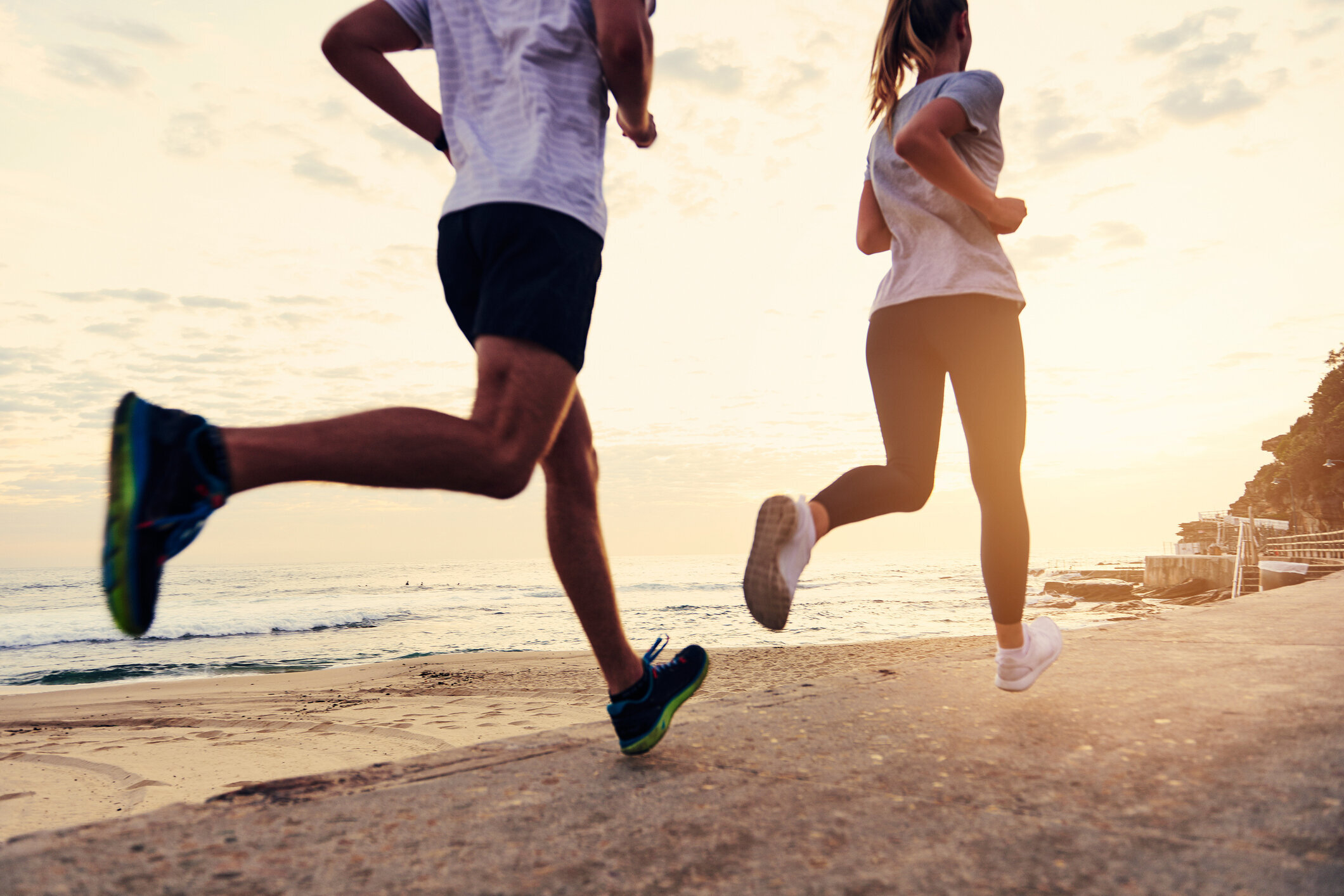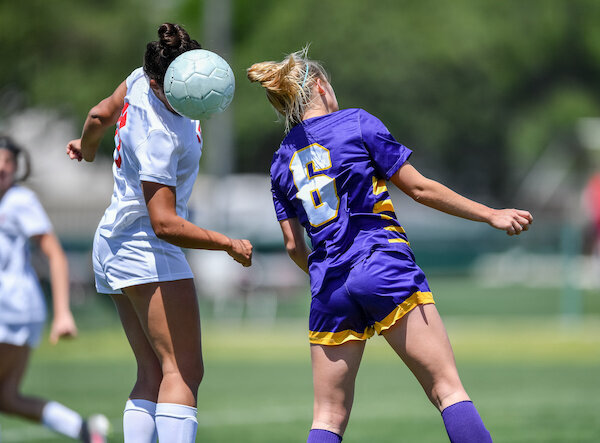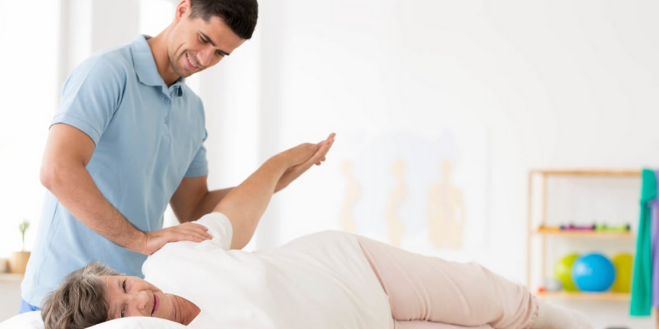Have you ever had the sense that you’ve felt 'out of whack'?
A lot of people get told that "one leg is longer than the other'' or that their "pelvis is twisted"... These phrases (or anything similar) are just narratives we use to help us explain what this feeling is, or why we have this sense of not being 'in line'. Long term though, these narratives and explanations aren't helpful... Your behaviour will naturally create asymmetry and activities in life are not symmetrical.
So why should we expect our bodies to be symmetrical?!
So, you can feel 'centred' but be mechanically asymmetrical... And that is perfectly normal... But, how do we explain the feeling of being 'out of whack'? Let's explain this with a practical example...
We are supposed to strive towards taking 10,000 steps per day, but how many of those steps did we consciously think about? We're more likely to detect mis-steps or steps that were unexpected, rather than notice all the thousands of steps that went according to plan... Walking is a reflex, and so is standing, so is sitting and so is working at your desk... So if part of your body isn't functioning the way it used to, your brain detects that there has been an interruption to your normal reflexive patterns. But how does that even happen?
Our lifestyles are generally sedentary, and with the rise of people working from home, people are less and less active. When we stop moving part of our body, your brain stops receiving signals from the areas that aren't being used. It's clever, your body takes on and uses what it needs... So it will only build and maintain what it needs based on what demands are placed on it... In this way if you don't move your spine all day, you'll feel 'stiff' even if you've got the flexibility of a gymnast.
The way to combat that, is to constantly remind the brain, how to use the joint and muscles to their fullest potential... Move, move, move.
It doesn't mean you need to be a fitness freak, or super strong - it just means you need to MOVE. So when your behaviour only puts demands on one side of your pelvis, or on one side of your neck, what can happen is your perception of how well one side functions compared to the other is skewed, in comparison to how you have felt previously... We as humans, describe this process, as a feeling of being 'out of whack'...
If you feel 'out', a great solution is to get MOVING, but you can always see a chiro or physio to help those areas that aren't moving to get a little push along, so it's easier to move it...
The easiest, fastest, simplest and best solution is to MOVE.
So, next time you're told that your 'hips are out of whack' or 'one leg is longer than the other', please know, that's completely normal, and what you need to do more of, is shake what your mumma gave you more often!
Whether it's Chiropractic or Physiotherapy, we at Balance Health & Performance, have your back... Literally! In 4 locations in Sydney - Norwest, Bondi Junction, Brookvale &n Penrith.. AND our BRAND NEW SPACE in Virginia in QLD, we're here for you


















